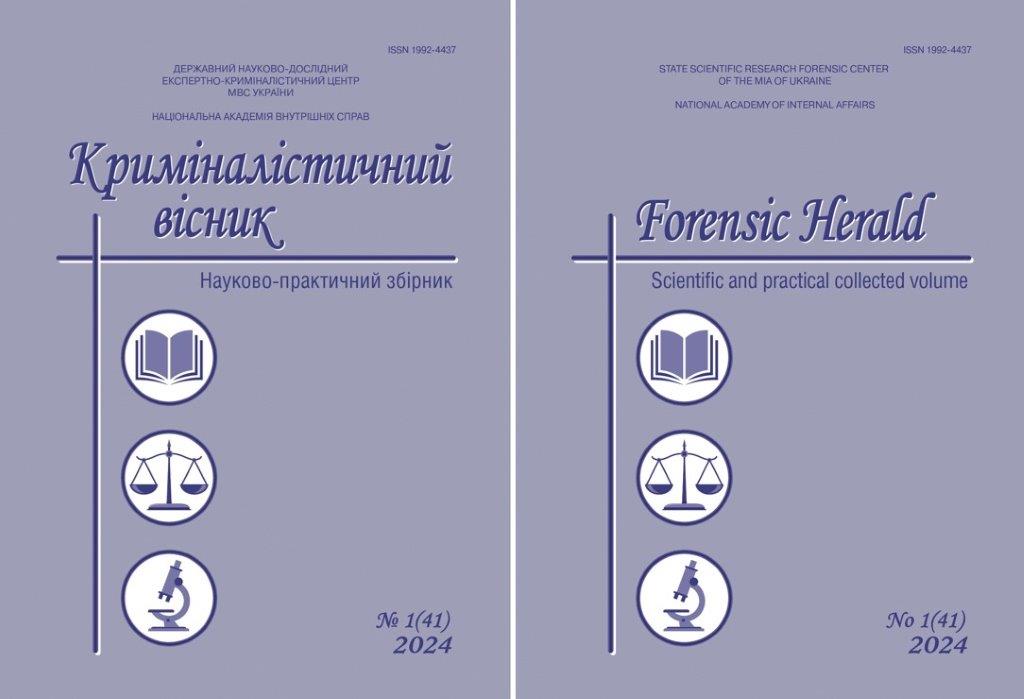PRICE LISTS FOR AMBER AND THEIR SIGNIFICANCE IN MARKET AND PLANNED REGULATION OF THE ECONOMY
DOI:
https://doi.org/10.37025/1992-4437/2024-41-1-19Keywords:
amber, price list, cost, price, algorithm formation, programming languages, software, pricing properties, expert assessmentAbstract
Abstract. This article examines the role of state price lists in both planned
and market economies. State price lists regulate amber economic activity
at all levels, including extraction, processing, and sale. In market
economies, however, state price lists are meaningless, as the owners of
deposits themselves form price lists for each specific object. The current
price lists for amber in Ukraine do not include information on the main
properties that determine its value, such as colour, transparency, inclusions,
and quality of polishing. This lack of information makes it impossible
to provide an objective and comprehensive expert evaluation of a particular
sample of raw amber. Furthermore, the approved price lists are not linked
to specific Ukrainian amber deposits and occurrences. The purpose of this
article is to develop an algorithm for creating alternative price lists for raw
amber based on real market data and to establish a database. The research
methodology is based on general scientific methods such as analytical,
dialectical, comparative legal, systemic and structural, comparative and
evaluative, as well as special methods such as gemological, economic,
integrated development environment, SQL, and C# programming
languages. When creating price lists for amber products, it is common
to consider the costs of raw materials, manufacturing technology, and
sales. The authors propose a methodology for determining the cost
of raw materials based on solving an inverse problem. Specifically, the
price of raw materials required for a product is calculated based on
the price of the product, which already includes the costs of
manufacturing technology and sales. This approach introduces scientific
novelty to the field. The methodology being considered is based on current
data from the real amber market. An alternative method for forming price
lists is proposed, which is also based on modern amber market data.
The process of creating price lists involves several stages: identifying
the product type, determining its consumer properties, establishing
the cost of production and manufacturing technology, calculating the
yield of usable materials, and determining the cost of raw materials.
To ensure objectivity and reliability, the “Amber1” software is used.
The data bank, which is created and constantly updated, along with
the declarative SQL programming language, offers numerous
opportunities for obtaining information on the analysis of the
contemporary amber market and its pricing. The results obtained
have practical significance for expert studies, research, and education
in higher education. They are also relevant to economic, financial,
and gemological activities, as well as to the improvement of national
legislation in law-making and law enforcement.



